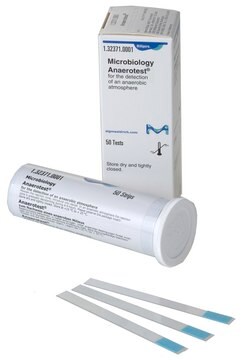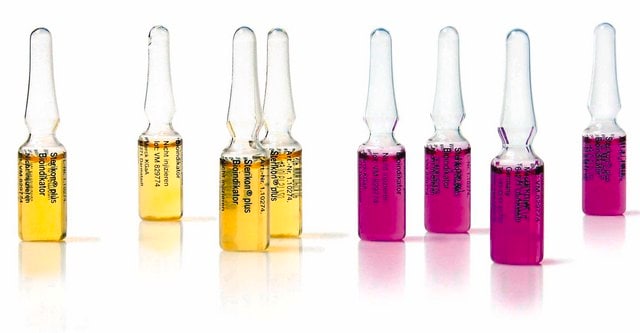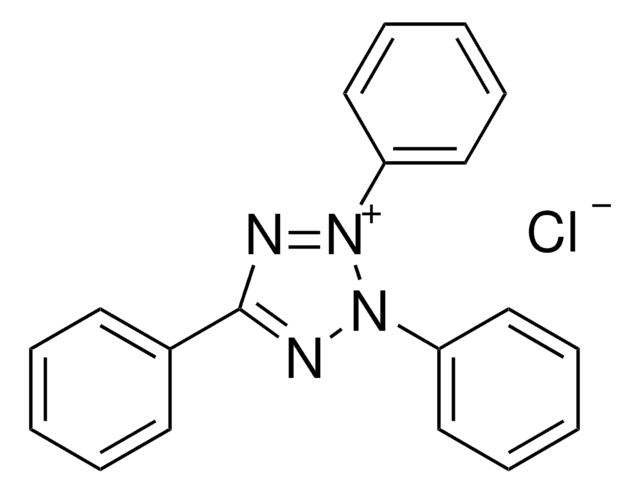1.08342
D-(+)-Glucose monohydrate
suitable for microbiology, pH 6-7 (20 °C, 100 g/L in H2O)
Synonym(s):
Dextrose, , Dextrose monohydrate
About This Item
Recommended Products
form
solid
Quality Level
autoignition temp.
500 °C
potency
25800 mg/kg LD50, oral (Rat)
shelf life
limited shelf life, expiry date on the label
packaging
pkg of 1 kg
pkg of 2.5 kg
pkg of 25 kg
pH
6-7 (20 °C, 100 g/L in H2O)
mp
83 °C
bulk density
630 kg/m3
application(s)
microbiology
storage temp.
15-25°C
SMILES string
O.OC[C@@H](O)[C@@H](O)[C@H](O)[C@@H](O)C=O
InChI
1S/C6H12O6.H2O/c7-1-3(9)5(11)6(12)4(10)2-8;/h1,3-6,8-12H,2H2;1H2/t3-,4+,5+,6+;/m0./s1
InChI key
SPFMQWBKVUQXJV-BTVCFUMJSA-N
Looking for similar products? Visit Product Comparison Guide
Related Categories
General description
Application
Analysis Note
Appearance of solution (10 %; water): passes test
Spec. rotation (α 20/D; 10 %; water; calc. on anhydrous substance): +52.5 - +53.2 °
Heavy metals (as Pb): ≤ 0.0005 %
Maltose (HPLC): ≤ 0.2 %
Water: 8 - 10 %
Suitability for microbiology: passes test
Storage Class Code
11 - Combustible Solids
WGK
WGK 1
Flash Point(F)
Not applicable
Flash Point(C)
Not applicable
Certificates of Analysis (COA)
Search for Certificates of Analysis (COA) by entering the products Lot/Batch Number. Lot and Batch Numbers can be found on a product’s label following the words ‘Lot’ or ‘Batch’.
Already Own This Product?
Find documentation for the products that you have recently purchased in the Document Library.
Customers Also Viewed
Our team of scientists has experience in all areas of research including Life Science, Material Science, Chemical Synthesis, Chromatography, Analytical and many others.
Contact Technical Service








